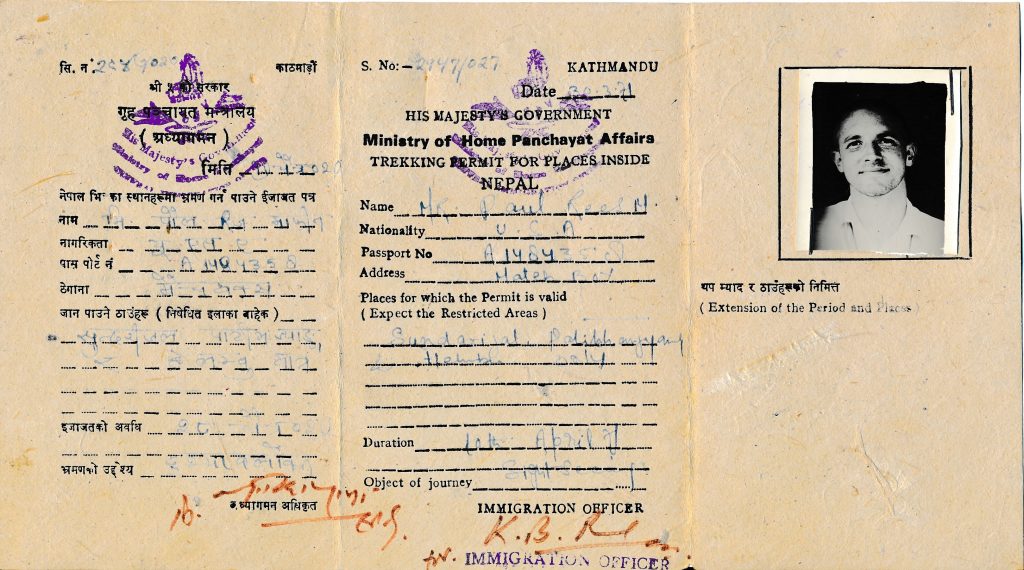On to L’Abri
The following day, 50 years ago on April 23, the plane landed in London at 3 p.m. after a refuelling stop in Beirut. I was glad that I had accepted the Stringham’s generosity. The custom’s agent wanted to see how much I had in cash and Traveler’s Checks before the Brits were going to allow me into the country. Someone had tipped me off that the Blackfriar’s Youth Hostel was a good deal and centrally located in London. So, that’s what I put on my embarkation card. When I arrived it was sunny, and warm, but the weather soon settled into typical London weather—cold with a light drizzle.
The reverse cultural shock wasn’t as bad as I had anticipated. Even after my immersion in Eastern culture and Zen Buddhism, it was clear that I was essentially still a Westerner at heart. While in London, I enjoyed a surfeit of food, beer and sounds. I managed to get tickets to a concert by The Incredible String Band, a quirky group that was a favorite of mine at the time (the year on the ticket is wrong). A couple nights later, I returned to the Royal Festival Hall for an all-Bach organ recital.
I had a final task to complete before boarding the boat train from London to Switzerland. As a Zen Buddhist practitioner in India, I had shaved my head completely bald. By the time I landed in London my hair had grown out about half an inch. I went to a barber and had my head completely shaved. I was determined to arrive at L’Abri on my own terms, making a clear statement that I was interested but not really needing what they had to offer. So it was that on April 28 I boarded the train for Dover. I was able to book the entire trip from London to Paris, through Lausanne, and on to Aigle, where I would catch the Postal bus up into the mountains to Huémoz, where L’Abri was located.
The trip went without a hitch, given the legendary Swiss efficiency. I was able get on the correct Postal Bus heading in the direction of Huémoz, I was dropped off at the door of Chalet les Mélèzes, the central chalet of the L’Abri community. Since I don’t have a picture, you’ll have to form an image in your mind of the bizarre creature that washed up unannounced on the shores of this Christian community. As I’ve mentioned, my head was freshly shaven, adorned with small, wire-rimmed “Gandhi glasses.” I was dressed in a completely green outfit from Nepal, with skinny arms and legs. On my back was my huge red backpack, which contained all my worldly goods. To my surprise, I was received warmly, as warmly as if I had been dressed in a 3-piece suit.
My future wife, Margaret, saw me the morning after my arrival. I will let her give her first impressions. “See him, I did! The sun was reflecting off his bald head and he was shoveling down the oatmeal with gusto. He was at the far end of the breakfast table so I was not able to get the full effect of the green outfit. Leaning over to Debbie Middelmann, I whispered, ‘Who’s that?’ She whispered back, ‘I don’t know but his name’s Paul and he just came from India.’ Since I was preparing to head off on a journey by thumb with a friend, the bald guy in the green suit was not given much more thought.”










